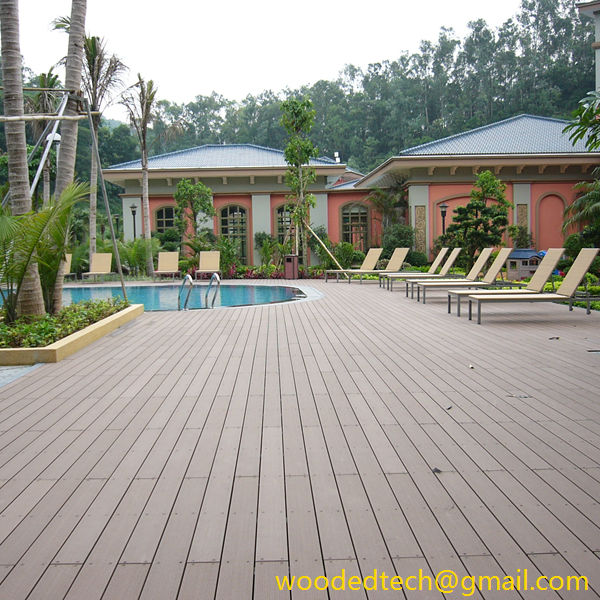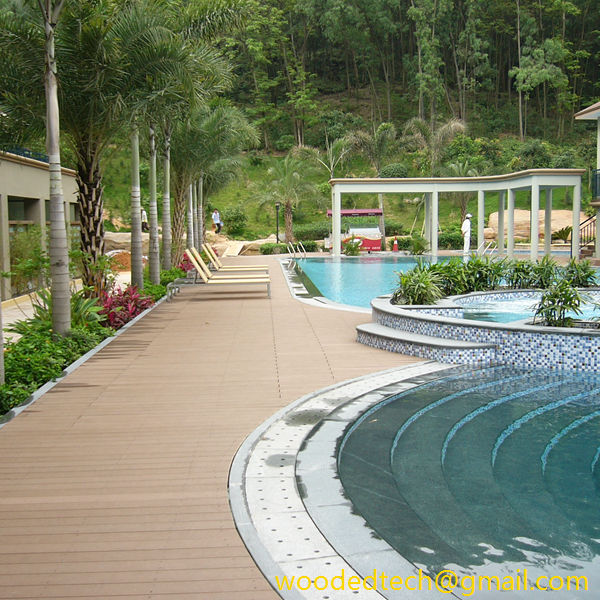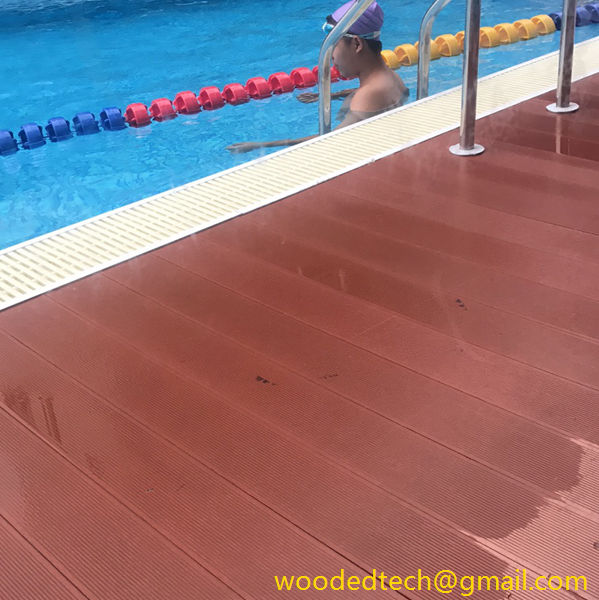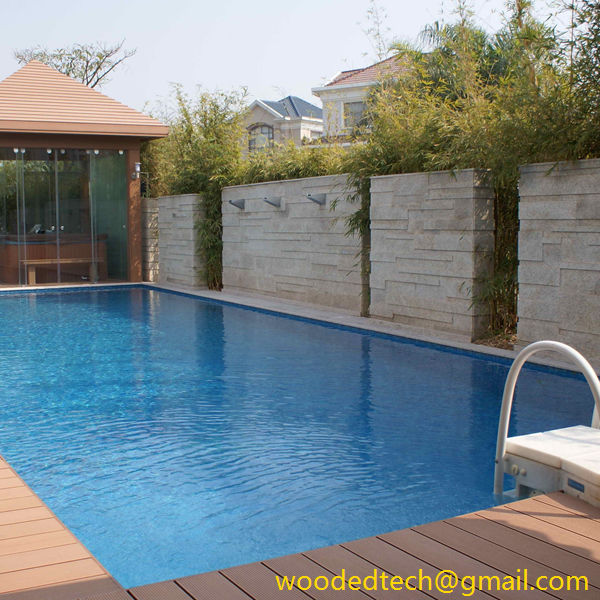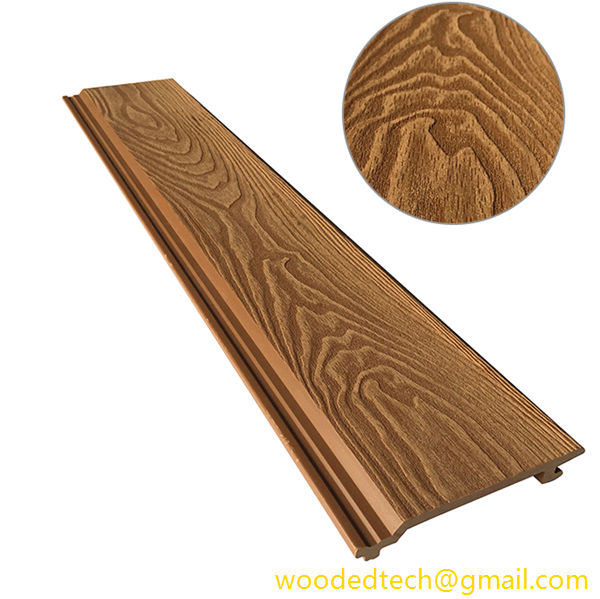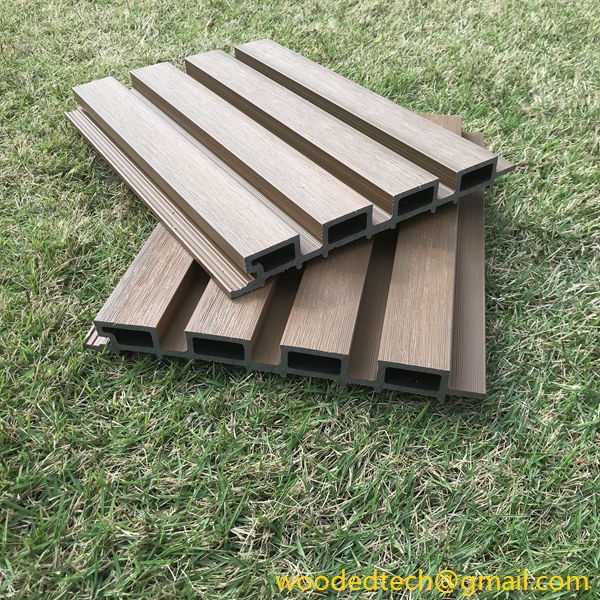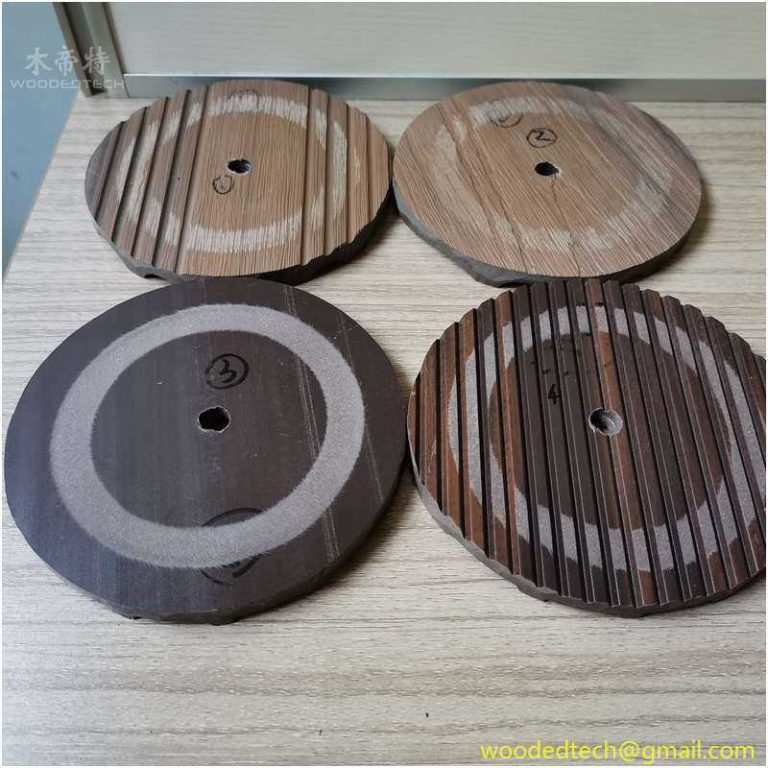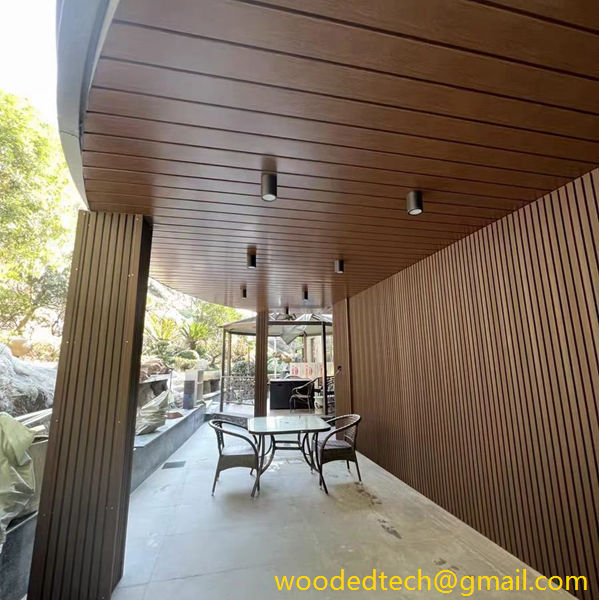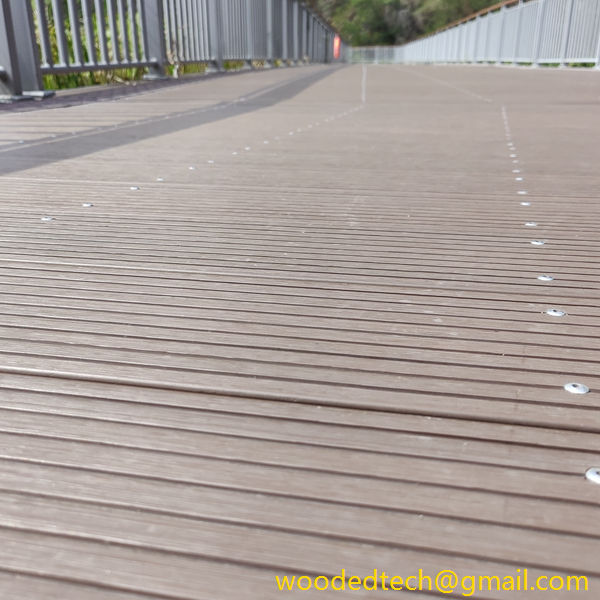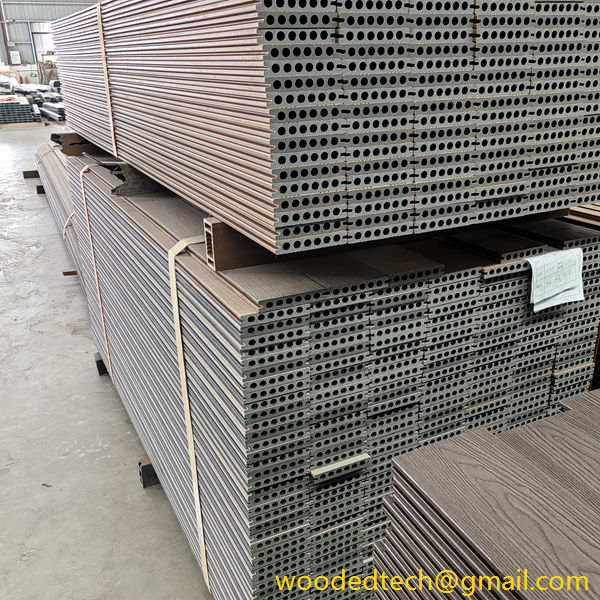Safe and Durable Plastic Wood Flooring Pool Solutions for a Stylish and Slip-Resistant Poolside Area
Safe and Durable Plastic Wood Flooring Pool Solutions for a Stylish and Slip-Resistant Poolside Area Safe and Durable Plastic Wood Flooring Pool Solutions for a Stylish and Slip-Resistant Poolside Area From a material production technology perspective, plastic wood flooring has emerged as an innovative and practical solution for poolside areas, offering a perfect blend of…
Safe and Durable Plastic Wood Flooring Pool Solutions for a Stylish and Slip-Resistant Poolside Area
Safe and Durable Plastic Wood Flooring Pool Solutions for a Stylish and Slip-Resistant Poolside Area
From a material production technology perspective, plastic wood flooring has emerged as an innovative and practical solution for poolside areas, offering a perfect blend of safety, durability, and style. This advanced composite material combines the aesthetic appeal of natural wood with the resilience and low-maintenance properties of plastic, making it an ideal choice for wet environments such as pool decks and surrounding areas.
The production of plastic wood flooring involves a sophisticated process that begins with the careful selection of raw materials. High-density polyethylene (HDPE) or polyvinyl chloride (PVC) serves as the primary plastic component, while wood fibers or flour derived from recycled sources provide the natural element. The combination of these materials results in a composite that exhibits the best qualities of both constituents.
One of the key advantages of plastic wood flooring in poolside applications is its exceptional slip resistance. During the manufacturing process, the surface of the boards is engineered to have a textured finish that mimics the natural grain of wood. This texturing is achieved through embossing techniques or by incorporating anti-slip additives into the material composition. The result is a surface that provides excellent traction even when wet, significantly reducing the risk of slips and falls around the pool area.
Durability is another crucial factor in the design of plastic wood flooring for pool environments. The composite material is inherently resistant to water, moisture, and humidity, making it impervious to the challenges posed by constant exposure to pool water and chemicals. Unlike traditional wood decking, plastic wood flooring does not warp, rot, or splinter, ensuring a long-lasting and safe surface for barefoot traffic.
The production technology also focuses on enhancing the material’s resistance to UV radiation and color fading. Specialized UV stabilizers and pigments are incorporated into the composite mixture during the extrusion process. These additives help maintain the flooring’s color and integrity even under prolonged exposure to sunlight, which is particularly important for outdoor pool areas.
To further improve the flooring’s performance, manufacturers employ advanced capping technologies. This process involves co-extruding a protective layer over the core material, creating a fully encapsulated board. The capping not only enhances the flooring’s resistance to staining, fading, and scratching but also provides additional protection against mold and mildew growth, which is crucial in damp poolside environments.
The dimensional stability of plastic wood flooring is achieved through precise control of the manufacturing process. The extrusion technique used to produce the boards ensures consistent density and uniform distribution of materials throughout the product. This uniformity contributes to the flooring’s ability to maintain its shape and structural integrity, even when subjected to temperature fluctuations and moisture exposure common in pool areas.
From an environmental perspective, the production of plastic wood flooring aligns with sustainability goals. Many manufacturers utilize recycled plastics and wood waste in their production process, reducing the demand for virgin materials and diverting waste from landfills. Additionally, the long lifespan of the product and its low maintenance requirements contribute to its overall eco-friendly profile.
Installation of plastic wood flooring around pools is streamlined by the material’s design features. Many products come with interlocking systems or specialized fasteners that allow for easy and secure installation. These systems often include hidden fasteners that maintain the aesthetic appeal of the flooring while ensuring a stable and gap-free surface.
The versatility of plastic wood flooring production allows for a wide range of design options. Manufacturers can create boards that mimic various wood species, offering different colors, grains, and textures to suit diverse aesthetic preferences. Some advanced production techniques even allow for the creation of multi-tonal boards that closely replicate the natural variations found in real wood.
In conclusion, the material production technology behind plastic wood flooring for pool areas represents a significant advancement in outdoor surfacing solutions. By combining the strengths of plastic and wood, manufacturers have created a product that addresses the specific challenges of poolside environments while offering aesthetic appeal and environmental benefits. As the technology continues to evolve, we can expect even more innovative features and improvements in plastic wood flooring, further enhancing its suitability for creating safe, durable, and stylish poolside areas.

